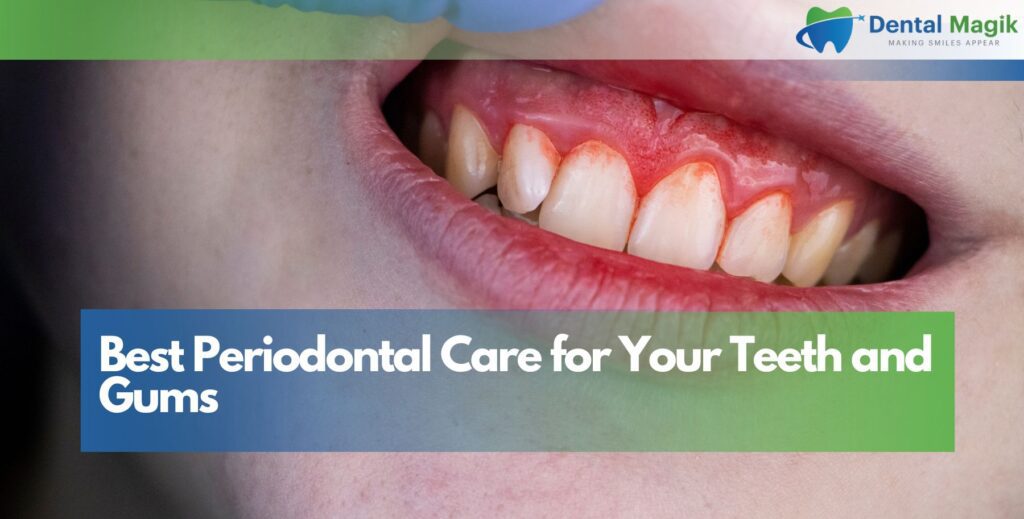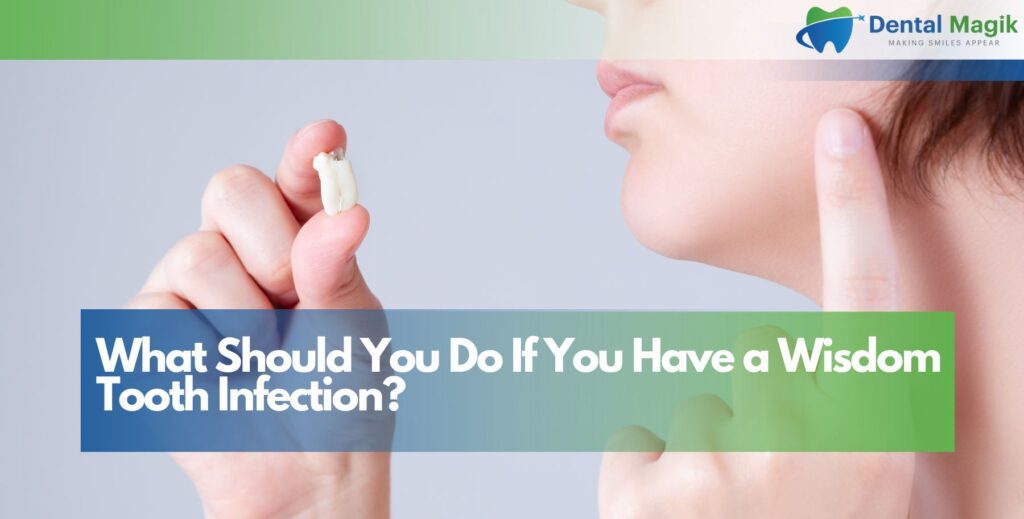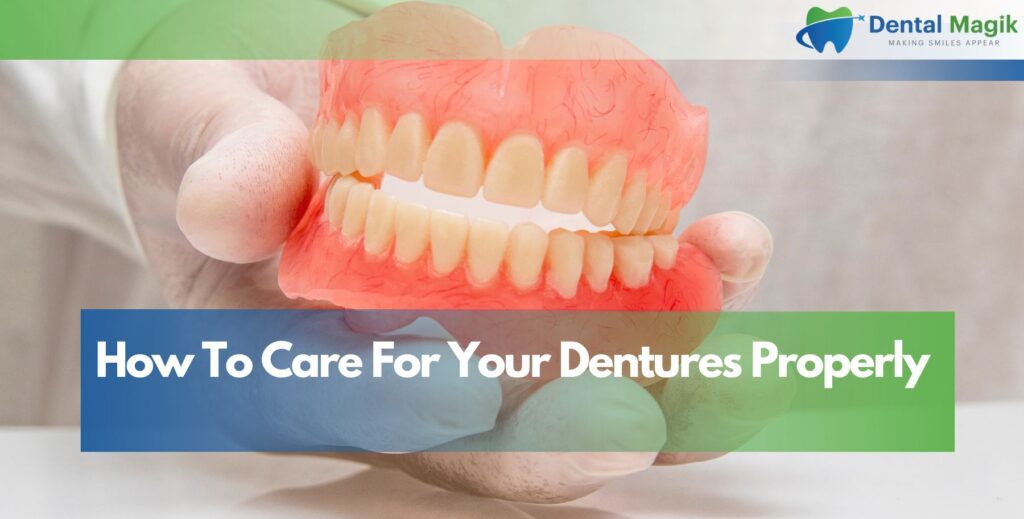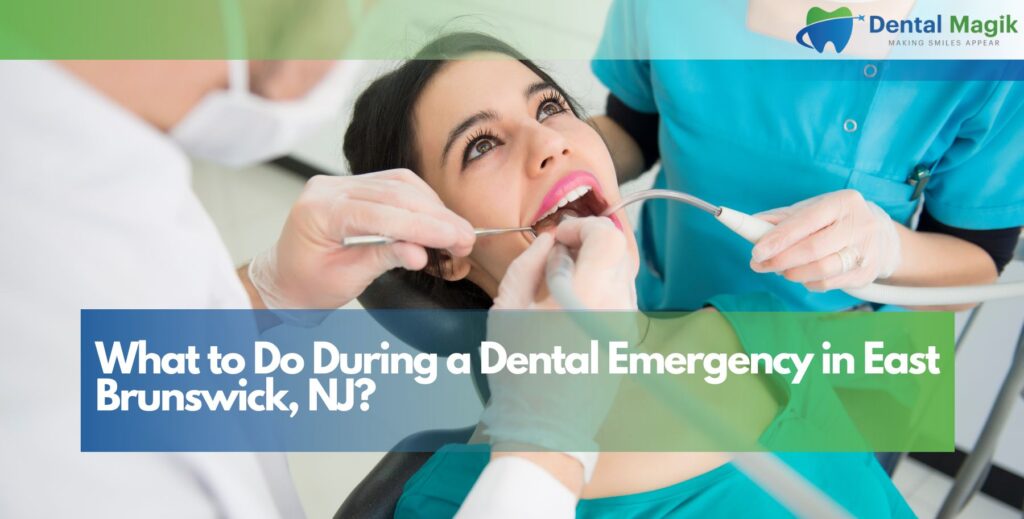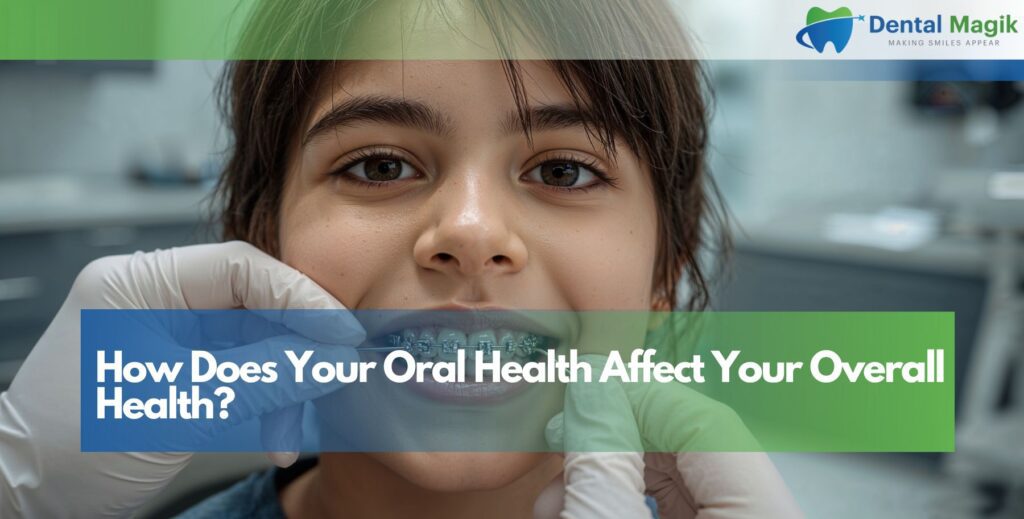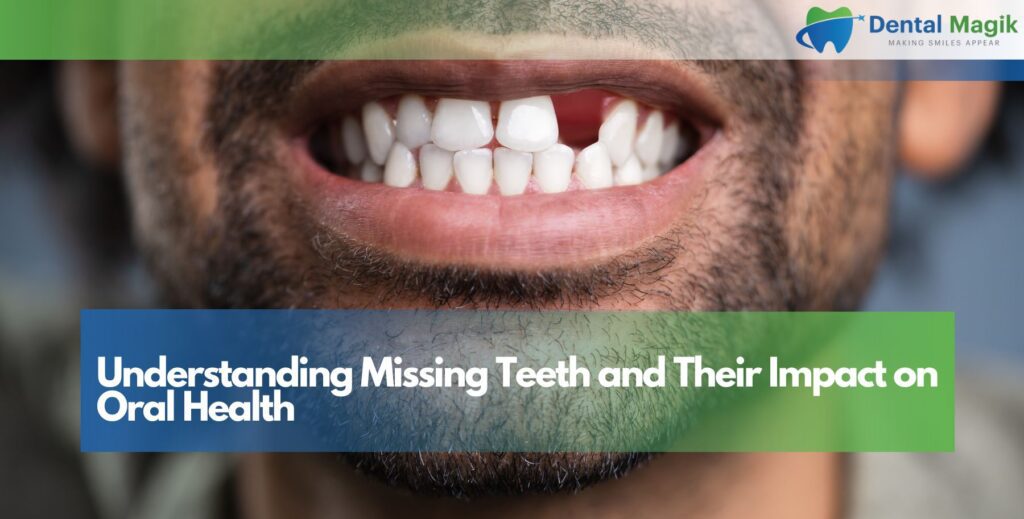Healthy teeth rely on healthy gums. While most people focus on brushing and whitening, few realize that periodontal care—the care of your gums and supporting structures—is equally important for a beautiful, lasting smile. Without proper attention, gum disease can quietly progress, leading to inflammation, tooth loss, and even systemic health problems.
In this detailed guide, we’ll explore why periodontal care is crucial, the signs of gum disease, available treatments, and the best ways to keep your gums strong and healthy for life.
Table of Contents
Understanding Periodontal Care
Periodontal care focuses on the prevention, diagnosis, and treatment of gum diseases that affect the tissues surrounding and supporting your teeth. It goes beyond routine cleaning by addressing issues like inflammation, deep bacterial buildup, and bone loss.
What Is Periodontal Disease?
Periodontal disease, commonly known as gum disease, is an infection caused by bacteria in dental plaque. When plaque builds up along the gumline, it irritates the tissue, causing inflammation known as gingivitis. If left untreated, it progresses into periodontitis, a more severe stage that can destroy gum tissue and bone.
Early detection and professional periodontal treatment can prevent permanent damage and save your natural teeth.
Importance of Gum Health
Your gums are the foundation of your oral health. They hold your teeth in place, protect the roots, and support proper chewing. When your gums are inflamed or receding, it not only affects your smile but also your overall health. Research links gum disease to heart problems, diabetes, and respiratory issues. That’s why maintaining periodontal care is vital for both oral and systemic well-being.
Signs and Symptoms of Gum Problems
Recognizing early signs of gum disease can help you take action before it’s too late.
Common Symptoms of Gingivitis
- Red, swollen, or tender gums
- Bleeding while brushing or flossing
- Persistent bad breath
- Gum sensitivity to pressure or heat
At this stage, gingivitis is reversible with proper periodontal care and consistent hygiene.
Symptoms of Advanced Periodontitis
- Receding gums exposing tooth roots
- Loose or shifting teeth
- Pain while chewing
- Pus between gums and teeth
- Changes in bite alignment
Once the disease progresses to periodontitis, professional deep cleaning and periodontal therapy become necessary to stop further damage.
Causes of Gum Disease
Several factors contribute to gum infections and inflammation. Understanding these causes helps in prevention.
Poor Oral Hygiene
Inadequate brushing and flossing allow plaque and tartar to accumulate. Over time, bacteria release toxins that irritate and inflame your gums, leading to infection.
Smoking and Tobacco Use
Tobacco restricts blood flow to gum tissue, slowing healing and increasing the risk of periodontal disease. Smokers are twice as likely to develop gum infections compared to non-smokers.
Hormonal Changes
Pregnancy, menopause, and puberty can make gums more sensitive, increasing susceptibility to gingivitis. Regular dental checkups during these times are crucial.
Medical Conditions
Diabetes, autoimmune disorders, and heart disease can increase your risk of gum problems. Managing these conditions helps maintain good gum health.
Genetics and Age
Some people are genetically predisposed to gum disease. Additionally, the risk increases with age due to slower tissue regeneration and reduced saliva flow.
Stages of Periodontal Disease
Periodontal disease develops in stages, each requiring different levels of treatment.
Stage 1: Gingivitis
The earliest stage involves red, swollen gums that may bleed easily. Fortunately, gingivitis is reversible through regular brushing, flossing, and professional cleaning.
Stage 2: Early Periodontitis
If gingivitis isn’t treated, bacteria spread deeper below the gumline. Small pockets form around teeth, and minor bone loss begins. Early intervention through scaling and root planing can reverse much of the damage.
Stage 3: Moderate Periodontitis
At this stage, the infection damages the bone supporting your teeth. Pockets deepen, gums recede, and tooth roots may become exposed. Deep cleaning and targeted antibacterial treatments are essential.
Stage 4: Advanced Periodontitis
In severe cases, tooth mobility and bone destruction become evident. Surgical treatments like flap surgery, bone grafts, or gum grafting may be required to restore function and aesthetics.
Professional Periodontal Treatments
When home care isn’t enough, your dentist or periodontist offers specialized treatments to restore gum health and prevent further damage.
Professional Dental Cleaning (Prophylaxis)
Routine cleanings remove plaque and tartar from the gumline, preventing gingivitis from advancing. These are recommended every six months or more frequently for patients prone to gum disease.
Scaling and Root Planing (Deep Cleaning)
For mild to moderate periodontitis, scaling and root planing are essential. This non-surgical procedure removes plaque, tartar, and bacteria from deep gum pockets. The tooth roots are then smoothed to prevent bacterial buildup and encourage gum reattachment.
Periodontal Maintenance
After initial treatment, patients require regular periodontal maintenance every 3–4 months. This keeps gum inflammation under control and prevents disease recurrence.
Antibiotic Therapy
Your dentist may prescribe antibiotic gels or mouth rinses to eliminate remaining bacteria and promote healing after deep cleaning.
Laser Gum Therapy
Modern dental practices use laser periodontal therapy to target infected tissues with minimal discomfort. Lasers remove bacteria and diseased tissue while stimulating healing and reducing inflammation.
Surgical Periodontal Treatments
For advanced gum disease, surgical options may be necessary to restore damaged tissue and bone.
Flap Surgery
This involves lifting the gums to clean deep pockets and smooth bone surfaces. After cleaning, the gums are sutured back into place to fit snugly around the teeth.
Bone Grafting
When bone loss occurs, bone grafting restores the lost support structure, allowing the gums and teeth to stabilize again.
Soft Tissue Grafting
If gums have receded, gum grafting covers exposed roots, reduces sensitivity, and prevents further recession.
Preventive Periodontal Care at Home
Good daily habits are the foundation of long-term gum health.
Brushing Techniques
Brush your teeth twice daily using a soft-bristled toothbrush and fluoride toothpaste. Hold the brush at a 45° angle to your gums and move it gently in circular motions. This technique effectively removes plaque without damaging the gumline.
Flossing Daily
Flossing removes food debris and plaque between teeth where your brush can’t reach. Consistent flossing prevents the buildup that leads to gingivitis and periodontitis.
Using Mouthwash
An antibacterial mouthwash helps reduce plaque, fight bacteria, and keep your breath fresh. Choose an alcohol-free option to avoid gum irritation.
Healthy Diet for Gum Health
A diet rich in vitamin C, calcium, and antioxidants supports gum repair and strengthens your immune system. Limit sugary snacks and acidic drinks that promote plaque buildup.
Quit Smoking
If you smoke, quitting is one of the best things you can do for your oral and overall health. Smoking interferes with healing and increases the risk of gum infections.
The Connection Between Periodontal and Overall Health
Periodontal care doesn’t just protect your teeth—it protects your entire body.
Heart Disease and Gum Health
Studies show a strong link between gum disease and heart problems. Bacteria from infected gums can enter the bloodstream, contributing to inflammation in blood vessels and increasing the risk of heart attack or stroke.
Diabetes and Periodontal Health
People with diabetes are more likely to develop periodontal disease, and infections can make blood sugar levels harder to control. Regular periodontal care helps manage both conditions effectively.
Pregnancy and Gum Health
Pregnant women with gum disease face higher risks of premature birth and low birth weight. Proper periodontal maintenance during pregnancy ensures both maternal and baby health.
Role of a Periodontist
A periodontist specializes in treating complex gum diseases and performing restorative procedures like dental implants and grafting surgeries.
When to See a Periodontist
You should visit a periodontist if you experience:
- Persistent bad breath
- Loose teeth
- Receding gums
- Bleeding while brushing
Your Dentist can refer you to a specialist if advanced care is needed.
Periodontal Care and Dental Implants
When teeth are lost due to gum disease, dental implants offer a strong, permanent replacement. Implants rely on healthy gums and bone, so periodontal treatment is crucial before and after placement to ensure success.
Modern Advances in Periodontal Care
Today’s dental technology has made periodontal treatment faster, less painful, and more precise.
Laser-Assisted Periodontal Therapy (LAPT)
Laser therapy selectively removes diseased tissue while preserving healthy gums. It reduces bleeding, speeds recovery, and minimizes the need for anesthesia.
Regenerative Procedures
Dentists can now use biologic growth factors and stem-cell-based techniques to encourage new bone and tissue growth in areas affected by periodontitis.
Digital Imaging and 3D Scanning
Modern imaging allows precise diagnosis and treatment planning, ensuring effective and minimally invasive gum therapy.
Benefits of Maintaining Periodontal Health
Healthy gums provide benefits that go far beyond your mouth.
Stronger Teeth and Bite
Healthy gums support your teeth firmly, maintaining proper bite alignment and chewing efficiency.
Fresh Breath and Confidence
Treating gum infections eliminates bad breath and gives you the confidence to smile freely.
Disease Prevention
Proper periodontal care reduces risks of systemic illnesses, including heart disease, diabetes complications, and respiratory infections.
Long-Term Savings
Preventive care and early intervention save you from expensive treatments like surgeries or implants later.
Caring for Your Gums After Treatment
After any periodontal therapy, proper aftercare ensures lasting results.
Follow-Up Appointments
Attend all scheduled dental visits for cleanings and checkups. These appointments help your dentist, monitor healing progress and prevent recurrence.
Gentle Oral Care Routine
Brush with a soft brush, avoid hard foods, and use a prescribed mouth rinse to promote healing after deep cleaning or surgery.
Monitor for Warning Signs
Watch for swelling, bleeding, or pain around treated areas. Early intervention prevents complications.
Conclusion
Healthy gums are the foundation of a healthy smile. With consistent periodontal care, you can protect your teeth, maintain fresh breath, and prevent serious health problems linked to gum disease.
Regular professional cleanings, good oral hygiene habits, and early treatment of gingivitis can preserve your smile for life.
At Dental Magik, Dentist in East Brunswick, NJ, we provide the best dental treatments** to keep your gums and teeth strong, healthy, and beautiful.
FAQs
What is periodontal care?
Periodontal care focuses on preventing and treating gum disease to protect the tissues that support your teeth.
Can gum disease be cured?
Early-stage gingivitis can be reversed, but advanced periodontitis can only be managed, not fully cured.
How often should I see a dentist for gum health?
Visit your dentist at least twice a year, or more frequently if you have a history of periodontal disease.
Does gum disease cause tooth loss?
Yes. Untreated periodontitis damages the bone and tissue holding your teeth, leading to tooth loss.
What is scaling and root planing?
It’s a deep cleaning procedure that removes plaque and bacteria from below the gumline to promote healing.
How do I keep my gums healthy at home?
Brush twice daily, floss daily, use mouthwash, and eat a balanced diet rich in vitamins and minerals.
Are bleeding gums normal?
Occasional bleeding may occur, but persistent bleeding is a sign of gingivitis or gum infection.
Can stress affect gum health?
Yes. Stress weakens the immune system, making it harder for your body to fight gum infections.
What foods promote healthy gums?
Foods rich in vitamin C (like oranges and peppers) and calcium (like yogurt and cheese) support gum repair and strength.
When should I see a periodontist?
If you experience receding gums, bad breath, or loose teeth, schedule an appointment for periodontal evaluation immediately.

